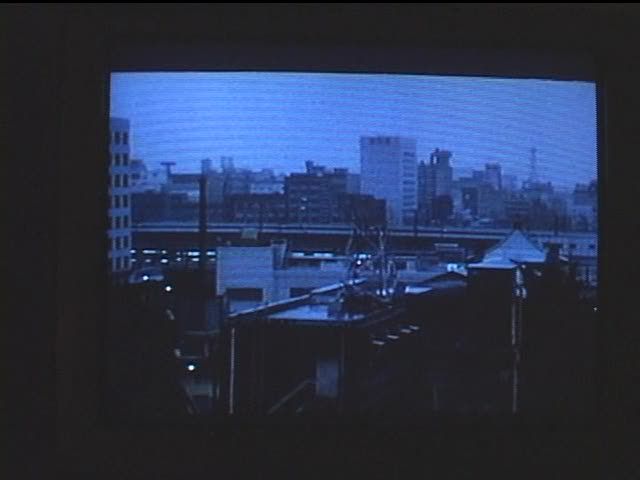
Balance Beams is a documentary about the 2002 AMPLIFY music festival in Tokyo, Japan, curated by experimental music label Erstwhile Records, who later released the film as part of a box set commemorating the fest. This will probably seem like an obscure choice to anyone not already well-versed in the kind of music favored by Erstwhile, and it's not a film that got much notice outside of the insular community of electroacoustic improvisation. It certainly deserved more attention, though: there is no film that does a better job of capturing the unique philosophy and approach to music that characterizes the group of musicians documented here, who represent the best that this community has to offer. It is difficult to encapsulate this diverse body of musicians under a single rubric, but they are all improvising in a post-jazz context, often using either customized electronic devices or traditional instruments which are played in non-traditional ways. There is a strong emphasis on communication between collaborators, and throughout the course of this festival, all the players rotated through various ad-hoc groupings to allow them to respond to a number of different contexts. It is resolutely abstract and difficult music, free from melody, rhythm, and any other traditional markers of musical vocabulary.
In contrast to the difficulty of this music, the film is relatively straightforward in its aesthetics, and is at its best whenever it focuses exclusively on the musicians. It is not always the most artfully made film, though its aesthetic merits become clear during the long, very welcome stretches where Leddington's camera probes into the working methods of the musicians as they play. This is a very process-oriented film, fittingly for a genre of music where the process of creating sounds is of central importance. All of these musicians think carefully before making a sound, a fact that Leddington establishes early by opening the film with a snippet of Taku Sugimoto's infamously silent Guitar Quartet, which mostly consists of four guitarists sitting quietly on stage, hands poised above their guitars, waiting for someone to touch a string.
The rest of these musicians are not nearly as extreme as Sugimoto, but they do share his thoughtfulness and deliberation. It is therefore a rare pleasure to see guitarist Keith Rowe at work in revealing closeups that put the emphasis squarely on the techniques he uses to produce his sounds. Rowe places his instrument flat on a tabletop, surrounded by effect pedals, springs, handheld fans, radios, and assorted metal objects, all of which are used to excite the guitar's strings in interesting ways, creating textured sound fields. Throughout the film, Leddington explores the various means of sound production these musicians deploy: the alien squeaks and cries of vocalist Ami Yoshida, the sine wave samples of Sachiko M, the relatively traditional guitar of Burkhard Stangl, the eccentric percussive array of Günter Müller, the bare turntables and gadgets of Otomo Yoshihide. Balance Beams provides a perspective better even than the average audience member at one of these shows, creating an experience that is not just a document of a particular festival, but a summary of this movement's philosophy of sound and music.
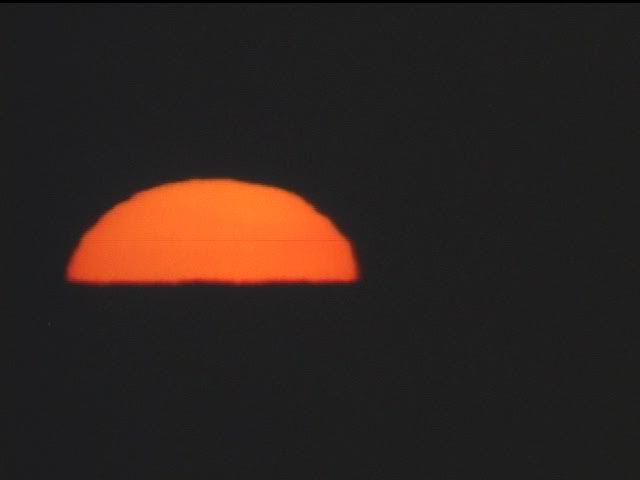
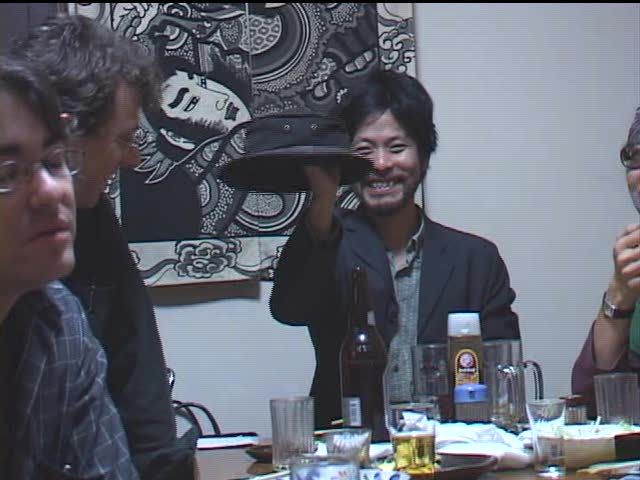
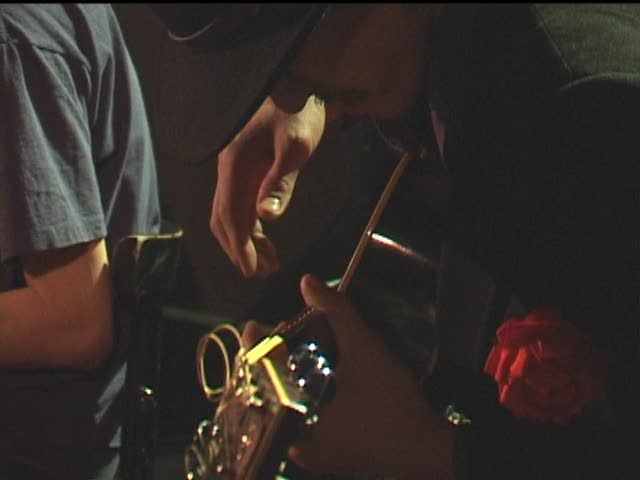
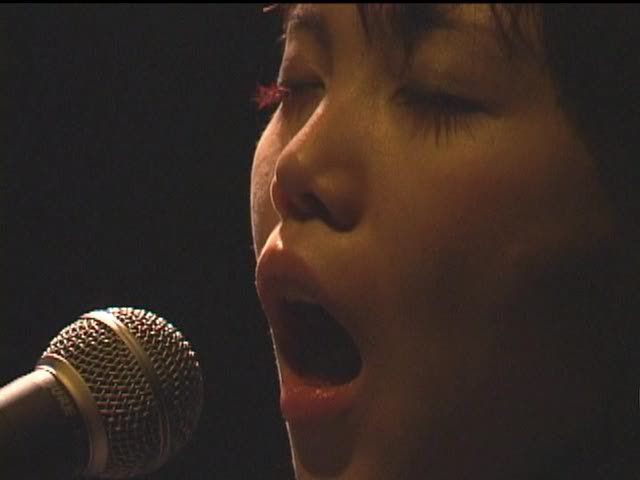
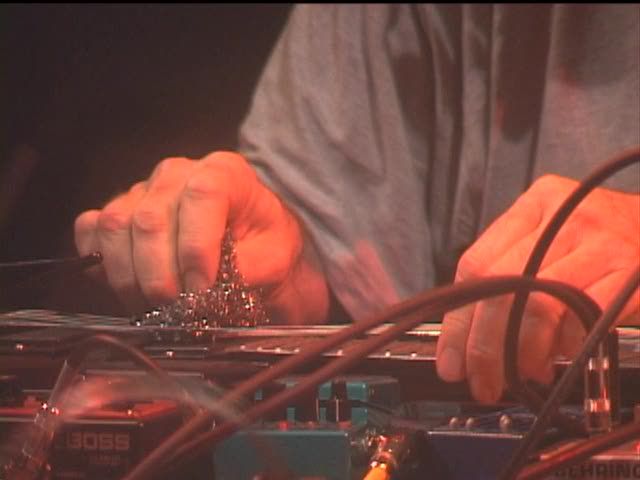
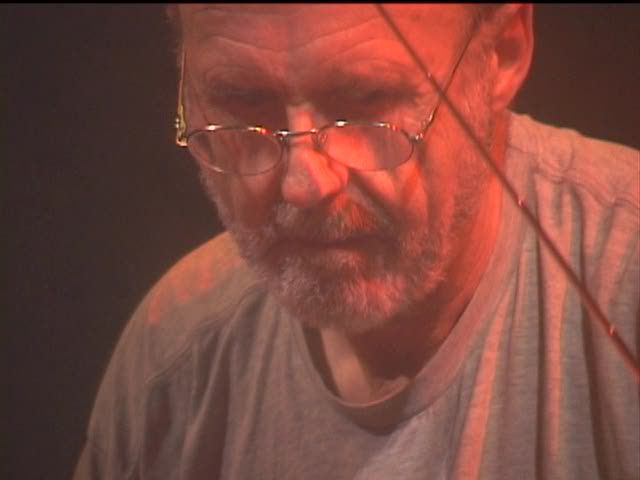
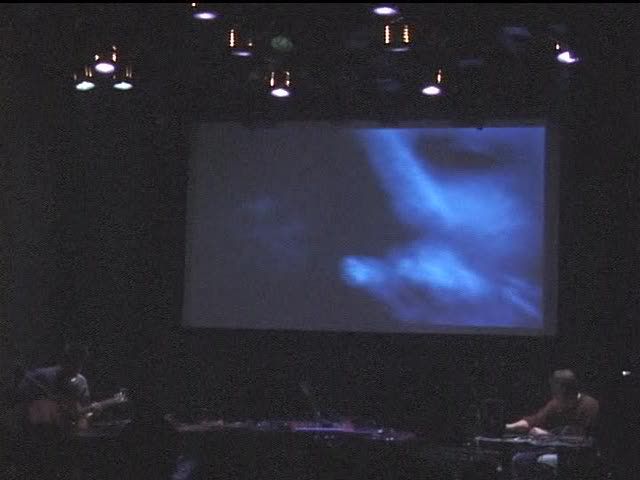



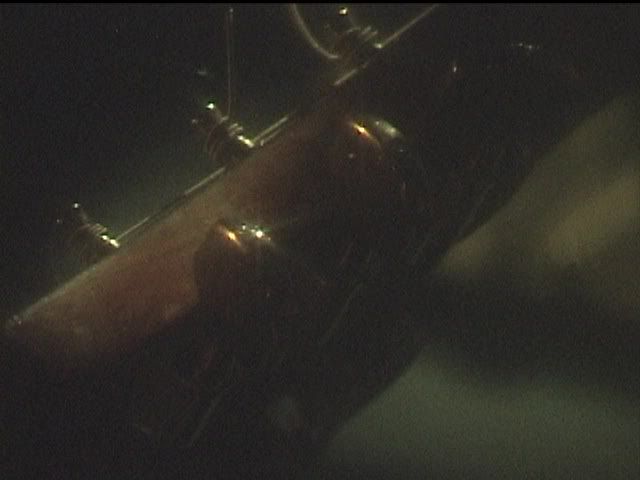
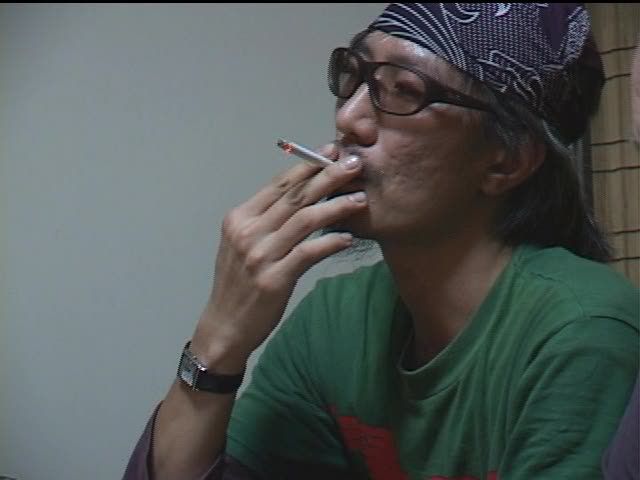

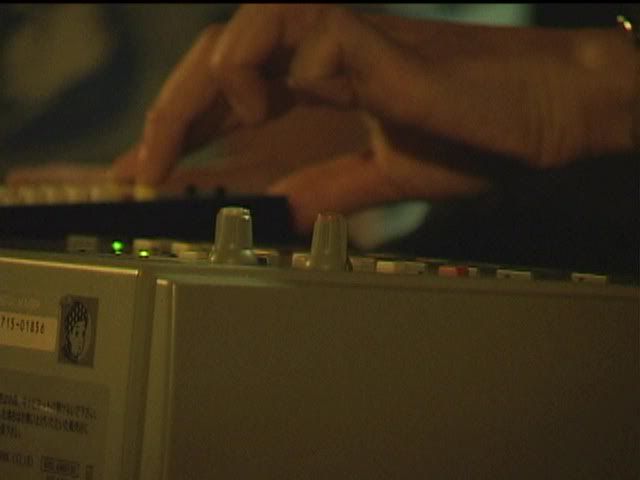
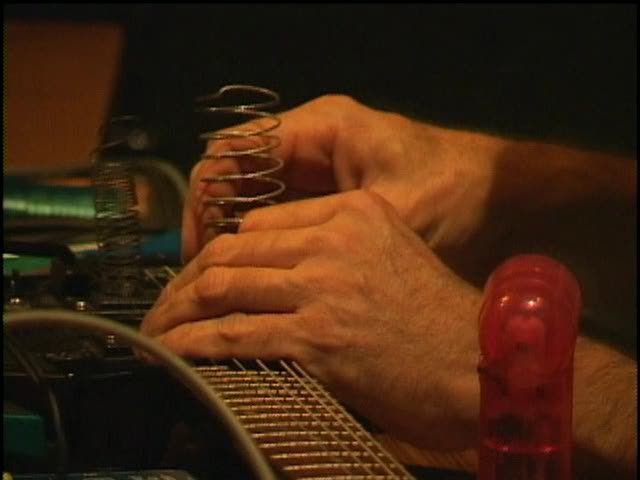

7 comments:
nice, Ed, thanks for this! anyone interested in buying this, I have some individual copies for sale separate from the box set, so just e-mail me.
one thing I'm especially happy about with this six years after release (it came out in late 2003) is how it documents an important time in Sugimoto's career. he was right at the point of moving entirely into the ultraminimalist style he's favored since, but here you can see him in both styles, the ultraminimalist in the main festival and the more active approach in the outside shows.
I also really love the tension during the closing set of the fest (Rowe/Muller/Sugimoto). it's obvious that that trio, so comfortable just a few years before that, will likely never play again in the future.
I have never seen this, but it great to know another minimalist is making his mark. Of course we've had Phillip Glass and John Adams both in film scores and on the opera stage, and their work, similarly devoid of "melody, rhythm, and other musical markings" is nonetheless enthralling. Nice to have the corroboration of the musically erudite Mr. Lanthier, who is holding down an interesting inventory there.
Another eclectic piece in this most versatile of all film diary archives!
Jon, totally agreed about Sugimoto being an especially interesting figure in this film. His set with Muller and Rowe is fascinating because you can basically see him withdrawing from communication with them, unable to find a place within their music, which by his newer standards was simply too active and dense. This is a real transitional moment for him.
Sam, there's "minimalism" and then there's Taku Sugimoto, who has little in common with Glass or Adams. His most recent work is as stripped-down as it's possible to get, drifting into silence much of the time. And that's Erstwhile label owner Jon Abbey above, not Jon Lanthier.
Need to take this out and re-watch. Actually seeing, via film, Taku's near-silent approach provided me an avenue to more fully appreciate similar performances when I only had audio CDs to go by. Great tension there. Thanks, Ed.
My sincerest apologies to Jon Abbey for that misrepresentation.
And Ed, sorry about that mistaken comparison. It's Monday morning here at school, and you know what the say about Mondays?!? LOL!!!
"Jon, totally agreed about Sugimoto being an especially interesting figure in this film. His set with Muller and Rowe is fascinating because you can basically see him withdrawing from communication with them, unable to find a place within their music, which by his newer standards was simply too active and dense. This is a real transitional moment for him."
my favorite single moment, a bit easy to miss, is after that set ends, when Keith goes to hug Taku, and Taku shies away.
Brian, good point about the visual component of Sugimoto's music enhancing the appreciation of his often difficult recordings. It's much easier to get what he's after when you see, for example, the four guitarists sitting motionlessly on stage; it's always reminded me very much of one of those tense standoffs in a Sergio Leone Western, wondering who's going to be the first to pluck a string.
Seeing Taku Unami live with his recent laptop-controlled motorized devices was another experience where the visual component greatly enhanced the music. I remember that everyone I spoke to who hadn't been sitting as close as me didn't enjoy it nearly as much.
Post a Comment